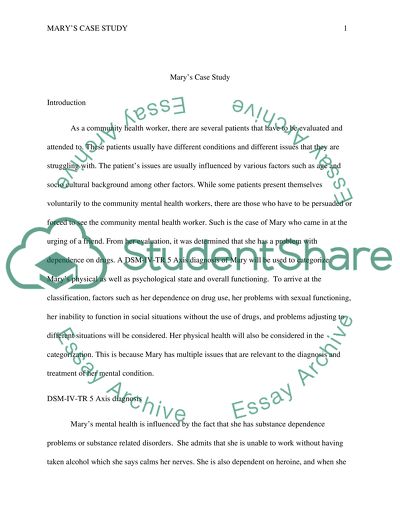Cite this document
(“Mary's Case Study Research Paper Example | Topics and Well Written Essays - 3000 words”, n.d.)
Mary's Case Study Research Paper Example | Topics and Well Written Essays - 3000 words. Retrieved from https://studentshare.org/psychology/1400670-case-study-of-mary
Mary's Case Study Research Paper Example | Topics and Well Written Essays - 3000 words. Retrieved from https://studentshare.org/psychology/1400670-case-study-of-mary
(Mary'S Case Study Research Paper Example | Topics and Well Written Essays - 3000 Words)
Mary'S Case Study Research Paper Example | Topics and Well Written Essays - 3000 Words. https://studentshare.org/psychology/1400670-case-study-of-mary.
Mary'S Case Study Research Paper Example | Topics and Well Written Essays - 3000 Words. https://studentshare.org/psychology/1400670-case-study-of-mary.
“Mary'S Case Study Research Paper Example | Topics and Well Written Essays - 3000 Words”, n.d. https://studentshare.org/psychology/1400670-case-study-of-mary.


